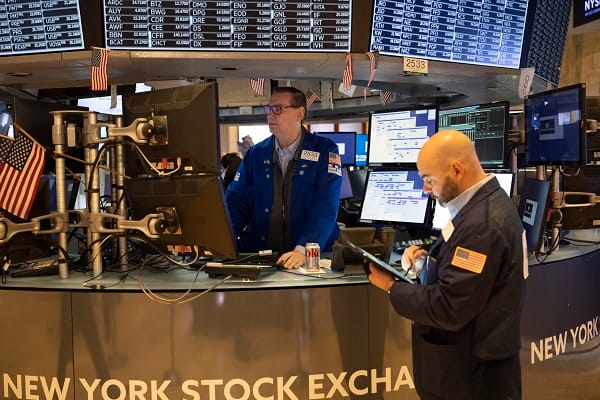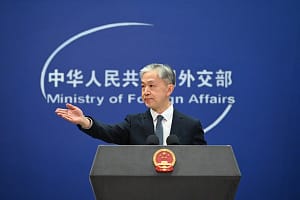The S&P 500 continued to demonstrate strength in yesterday’s trading session, rising 1.13% and extending its impressive winning streak as the macro risk picture temporarily eased and recent economic data reinforced expectations that the Federal Reserve (Fed) will cut interest rates in September.
On both the trade and geopolitical fronts, escalation pressures have temporarily subsided, creating a favorable environment for a “risk-on” sentiment to spread across the equity markets.
On the trade front, the United States and China have agreed to extend their “tariff truce” for another 90 days, marking the second time both sides have maintained this status.
The executive order signed by the U.S. President will keep the agreement in effect until November 10, eliminating the immediate risk of new tariffs and providing relative stability for production activities, supply chains, and corporate profit expectations.
Geopolitically, U.S. President Donald Trump and Russian President Vladimir Putin are set to meet in Alaska later this week to discuss “land swaps” related to the future of Ukraine’s borders. While the outcome of this negotiation remains unpredictable, the continuation of a direct dialogue channel is viewed as a step toward de-escalation, thereby reducing the risk of sudden short-term market volatility. Nevertheless, geopolitical risks remain and could quickly resurface should the negotiation process face setbacks.
From an economic data perspective, yesterday’s CPI report showed that headline inflation eased slightly compared to expectations, with the monthly CPI rising 0.2% (in line with forecasts and lower than the previous 0.3%) and the annual CPI at 2.7% (below the expected 2.8%). However, core inflation—excluding energy and food prices—rose 0.3% from the previous month, higher than the prior 0.2%, indicating that underlying price pressures have not significantly abated. Additionally, the revision of labor market data by the Bureau of Labor Statistics (BLS), showing a weakening trend from May to July, further bolstered expectations that the Fed will begin a rate-cut cycle at its September meeting.
Against this backdrop, the S&P 500 has benefited notably from the temporary easing of systemic risks and the anticipated reduction in capital costs. Interest rate–sensitive growth sectors, particularly technology, continue to lead gains. At the same time, cyclical sectors such as industrials and financials are also supported as the market increasingly prices in a “soft landing” scenario for the U.S. economy. That said, persistently high core inflation suggests the Fed is unlikely to shift to an overly dovish stance, which may lead the rally to unfold more cautiously rather than in an aggressive breakout.
For now, the short-term outlook for the S&P 500 leans toward further gains as macro risks remain contained, inflation data is broadly supportive, and expectations for a September rate cut hold steady. However, the market will need to closely monitor upcoming economic releases—particularly PPI, retail sales, and the outcome of the U.S.–Russia summit—as these will be key variables that could shape the index’s next moves in the weeks ahead.
Get real time update about this post category directly on your device, subscribe now.






Leave a Comment